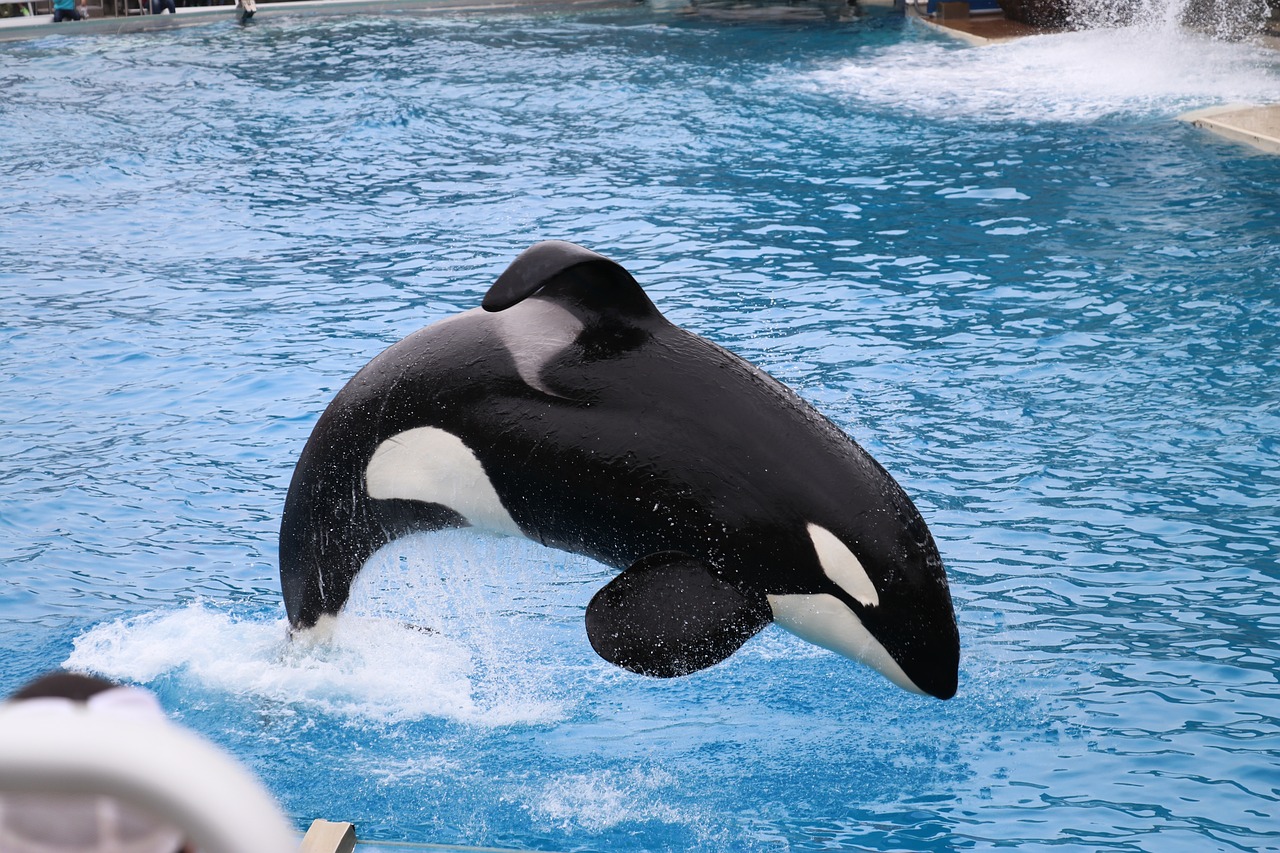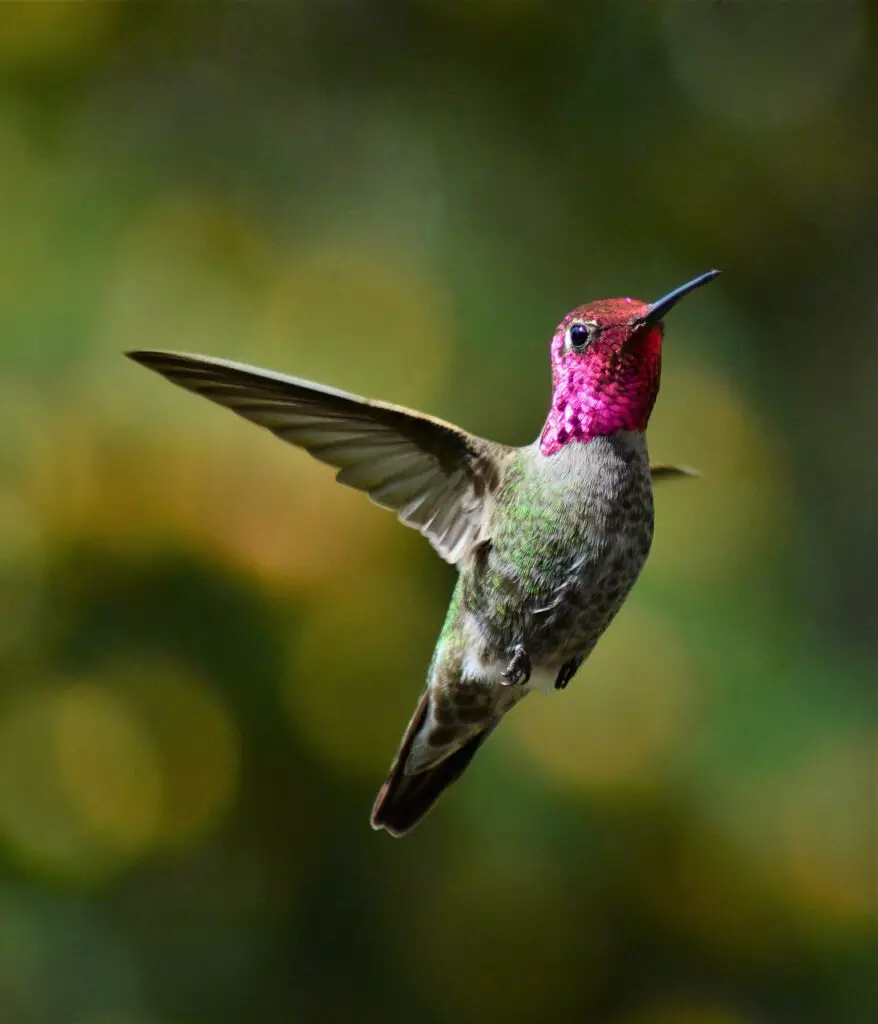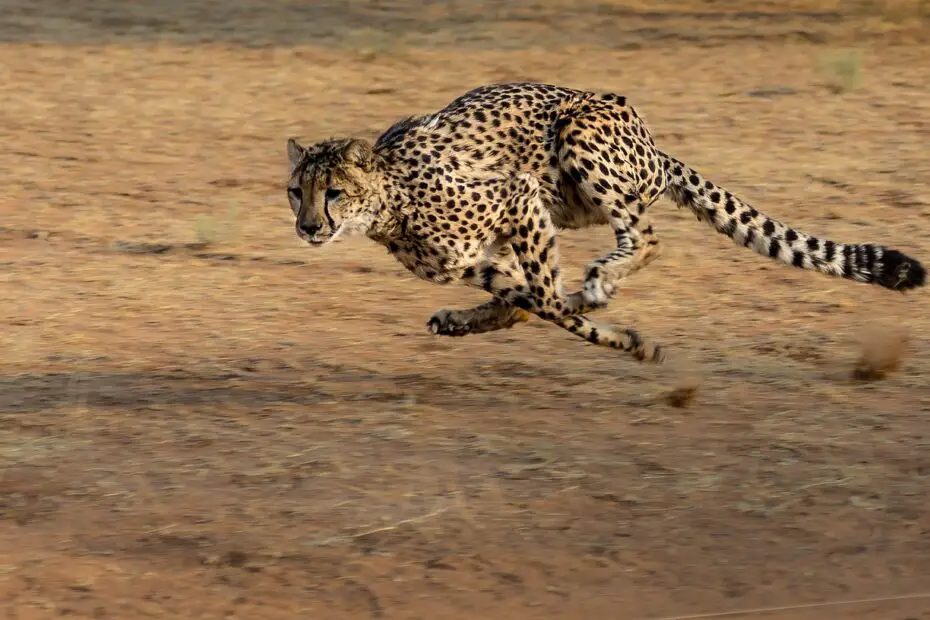The animal kingdom is home to a vast array of fascinating creatures, each with its own unique energy and vitality. From lightning-fast hunters to tireless endurance athletes, these energetic animals captivate our imagination and showcase the incredible power of life. In this article, we delve into the world of energetic animals and uncover the secrets behind their remarkable energy levels.
You may also want to read about the most poisonous animals.
Energetic Animals: Hunters
Cheetah
The cheetah, renowned as the fastest land animal, is a prime example of an energetic hunter. With explosive bursts of speed, it can reach velocities of up to 70 miles per hour. Its sleek body, long legs, and flexible spine allow it to sprint and maneuver with unmatched agility.
Peregrine Falcon
The peregrine falcon, known for its incredible hunting prowess, is the fastest bird in the world. It can achieve breathtaking speeds of over 240 miles per hour during its high-speed dives, known as stoops. Its streamlined body and powerful wings enable it to execute precise aerial maneuvers while hunting.
Killer Whale
The killer whale, or orca, is an apex predator of the ocean. These intelligent and social creatures are known for their exceptional hunting skills and teamwork. With their powerful bodies and sharp teeth, they pursue and capture a variety of prey, including fish, seals, and even other whales.

Energetic Animals: Endurance Athletes
Arctic Tern
The Arctic tern embarks on an incredible migration journey, covering thousands of miles each year. This small bird travels from its breeding grounds in the Arctic to its wintering grounds in the Antarctic, clocking an astonishing round-trip distance of over 44,000 miles. Its exceptional endurance and navigation abilities make this migratory feat possible.
Alaskan Malamute
The Alaskan malamute is a breed of dog renowned for its endurance and strength. Originally bred for hauling heavy loads in Arctic conditions, these dogs have an impressive capacity for long-distance travel. Their robust build, thick fur, and powerful muscles enable them to traverse challenging terrain for extended periods.
Pronghorn Antelope
The pronghorn antelope is a remarkable endurance athlete, capable of maintaining high speeds over long distances. Known for its remarkable stamina, this North American mammal can sustain speeds of up to 55 miles per hour for several miles. Its energy-efficient running technique and efficient respiratory system contribute to its endurance prowess.
Energetic Animals: Acrobats
Hummingbird
The hummingbird is a tiny avian marvel, known for its rapid wingbeats and aerial acrobatics. With the ability to hover, fly backward, and change direction instantaneously, these energetic birds expend tremendous energy. To sustain their intense activity, they rely on a diet rich in nectar and small insects.

Squirrel Monkey
Squirrel monkeys are lively and agile primates, constantly in motion as they navigate the treetops of the tropical rainforests. Their boundless energy allows them to leap, swing, and scamper from branch to branch in search of food and mates. Their high metabolic rate and constant movement contribute to their energetic lifestyle.
Margay
The margay is a small wildcat found in Central and South America. It possesses incredible climbing abilities and is known for its agile leaps and descents through the forest canopy. Its flexible body, sharp claws, and keen senses make it a skilled arboreal hunter, expending significant energy in its pursuit of prey.
Energy Conservation Strategies
Energetic animals have evolved various strategies to optimize energy use and maintain their high activity levels.
Adaptations for Efficient Energy Use
Many energetic animals possess physiological adaptations that enhance their energy efficiency. These include efficient cardiovascular systems, specialized respiratory structures, and streamlined body shapes that minimize drag and energy expenditure.
Behavioral Patterns
Energetic animals often exhibit behavioral patterns that help them conserve energy when necessary. This includes resting during the hottest parts of the day, seeking shelter in extreme weather conditions, and strategic planning of hunting or foraging activities to maximize energy gain.
Energy in the Animal Kingdom
Role of Energy in Survival and Reproduction
Energy is vital for all aspects of an animal’s life, from basic physiological functions to reproduction and raising offspring. Adequate energy intake is necessary for growth, maintenance, and the production of gametes and milk.
Energy Flow in Ecosystems
Energy flows through ecosystems in a hierarchical manner. Plants harness solar energy through photosynthesis, which is then transferred to herbivores when they consume plant material. Energy is subsequently transferred through the food chain to higher trophic levels, including the energetic hunters and endurance athletes we admire.
Energetic Animals: Conclusion
Energetic animals captivate us with their remarkable abilities and boundless vitality. From the lightning-fast cheetah to the tireless Arctic tern, these creatures demonstrate the astonishing power of life. Through adaptations, efficient energy use, and behavioral strategies, they navigate their environments with unmatched energy and vigor, reminding us of the incredible diversity and resilience of the animal kingdom.
FAQs
Q: Do all energetic animals have high metabolic rates? A: While many energetic animals possess high metabolic rates, not all energetic animals rely solely on metabolic rate for their energy levels. Other factors, such as efficient energy utilization and specialized adaptations, also play a significant role.
Q: How do animals acquire and store energy? A: Animals acquire energy through the consumption of food, which provides them with nutrients and calories. They store energy in the form of glycogen in their muscles and liver, as well as in adipose tissue as fat reserves.
Q: Can human beings match the energy levels of energetic animals? A: While humans can engage in activities that require high energy expenditure, such as endurance sports, we generally cannot match the sustained energy levels of energetic animals. Animals possess unique physiological adaptations and energy utilization mechanisms that differ from humans.
Q: Are there any energy-saving techniques observed in animals? A: Yes, many animals employ energy-saving techniques to conserve energy when necessary. This may include reducing activity levels, hibernation, torpor, or entering a state of rest to conserve energy during periods of food scarcity or extreme environmental conditions.
Q: How do energetic animals find enough food to sustain their high energy levels? A: Energetic animals have evolved various strategies to locate and acquire sufficient food to sustain their high energy levels. This may involve specialized hunting techniques, efficient foraging behaviors, or adaptations to exploit specific food sources.
